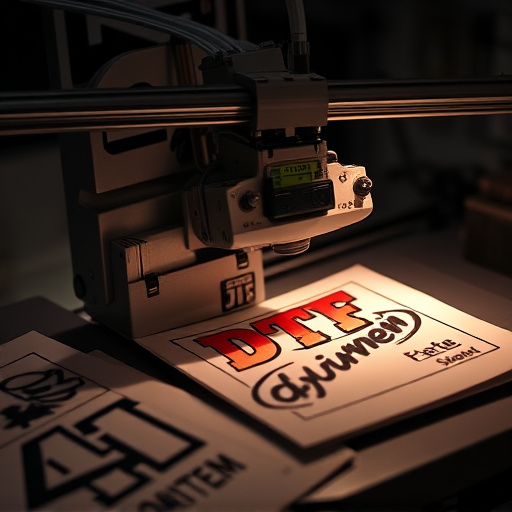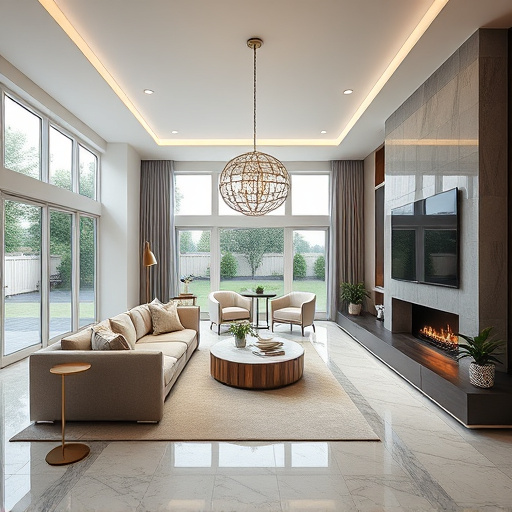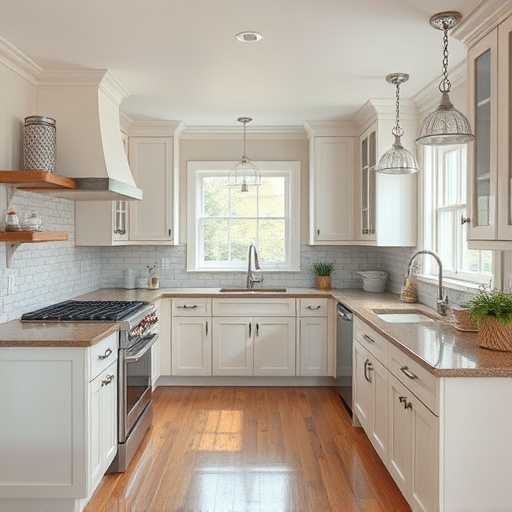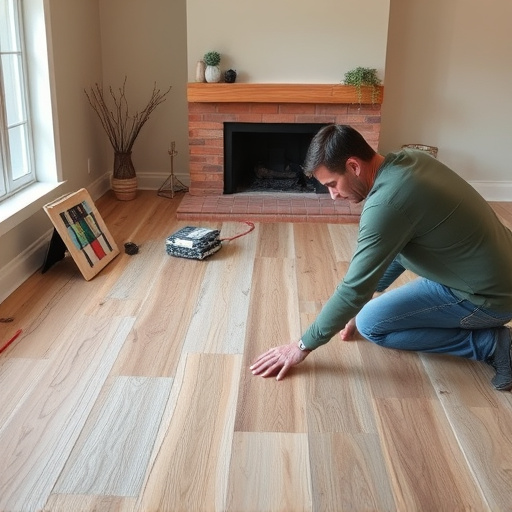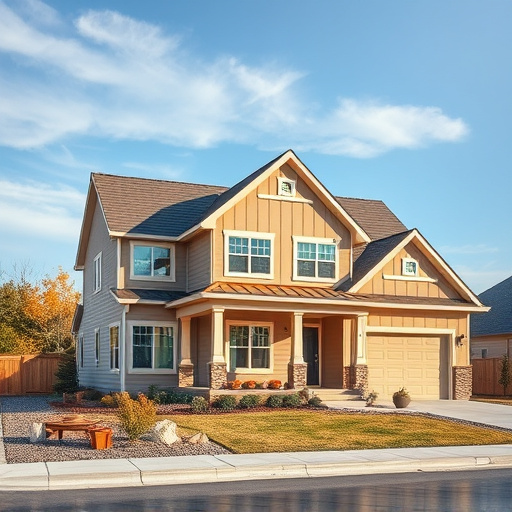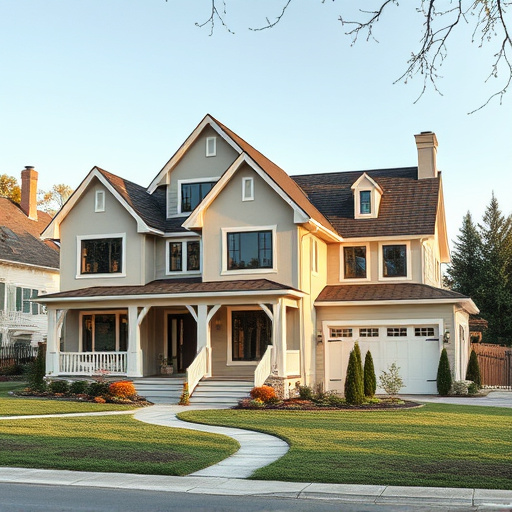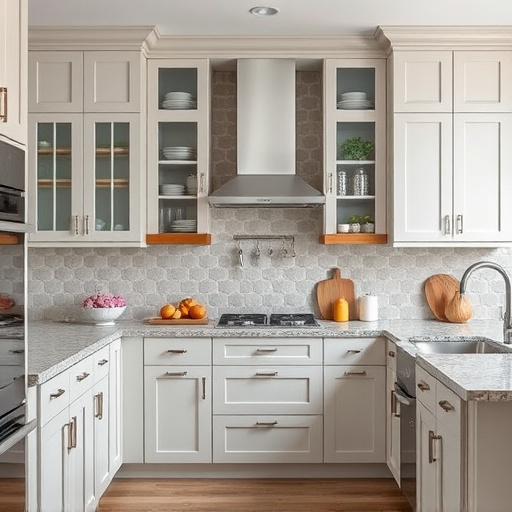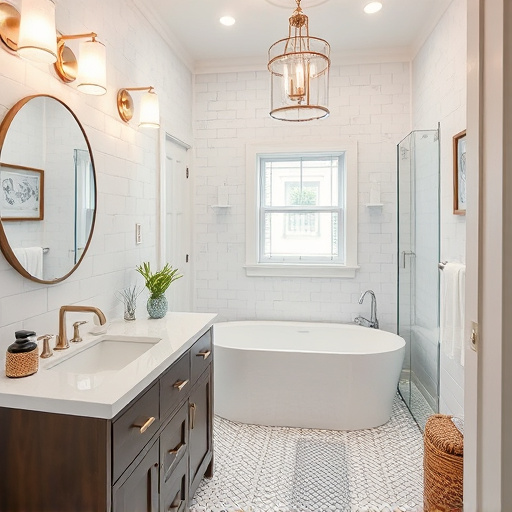Thoroughly assess the condition and structural integrity of your old kitchen cabinets before deciding between refacing or replacement. Look for damage, rot, loose hinges, water stains, and misaligned doors. Reface if cabinets are sound but lack appeal, saving costs while transforming appearance. Replace if they're severely damaged, rotten, or warped, as this offers a chance to modernize your kitchen entirely. Weigh the extent of work and transformative potential for each option.
Is your kitchen in need of a facelift? Before you jump to replace those old cabinets, consider refacing as a viable option. This article guides you through the process, helping you make an informed decision based on condition, cost, and desired changes. From assessing structural integrity to weighing pros and cons of refacing vs. replacing, discover how to transform your kitchen without breaking the bank. Learn which scenarios call for each approach and gain expert insights for a successful renovation.
- Assess the Condition of Your Kitchen Cabinets
- – Identifying damage and wear and tear
- – Evaluating structural integrity
Assess the Condition of Your Kitchen Cabinets
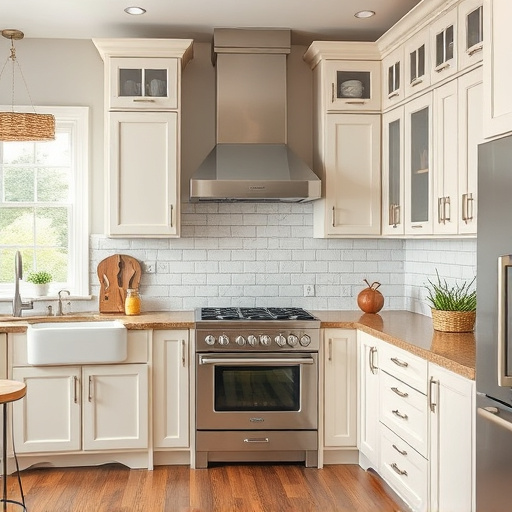
Before deciding whether to reface or replace your old kitchen cabinets, it’s crucial to assess their current condition. Take a close look at any signs of damage, such as chips, cracks, or water stains, which could indicate structural integrity issues. Check for loose hinges and doors that don’t align properly—these are often telltale signs that the cabinets need significant repair work. Additionally, consider the overall functionality of your kitchen and bath spaces; do the cabinets accommodate your current needs and organization preferences?
Evaluating your kitchen cabinets’ condition also involves looking at their finish and whether it’s still protecting the wood from moisture and stains. If the exterior painting is chipping or peeling, it might be more cost-effective to replace the cabinets rather than reface them, as a complete bathroom remodel can be quite extensive. Yet, if your cabinets are in relatively good shape but lack aesthetic appeal, refacing could be a suitable option to refresh their look while preserving their structural soundness.
– Identifying damage and wear and tear
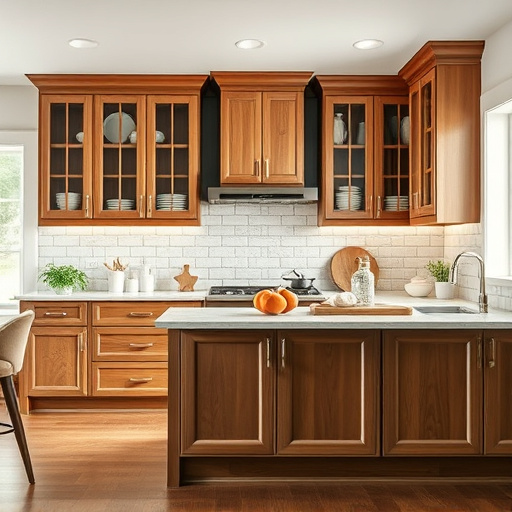
When considering whether to reface or replace old kitchen cabinets, it’s crucial to first assess the extent of damage and wear and tear present. Start by inspecting the cabinet doors, drawers, and faces for any cracks, chips, or peeling finishes. Check for loose hinges and handles, as well as signs of water damage or warping in the wood. If your cabinets show significant structural issues or extensive cosmetic damage, replacement might be the better option.
In many cases, however, kitchen and bath refacing can extend the life of your cabinets while giving them a fresh look. This involves replacing only the doors, drawer fronts, and sometimes the hardware, leaving the original cabinet boxes intact. Customized work like refacing allows you to choose from various styles, finishes, and colors, ensuring that your updated kitchen cabinets align perfectly with your aesthetic vision and residential renovations goals.
– Evaluating structural integrity
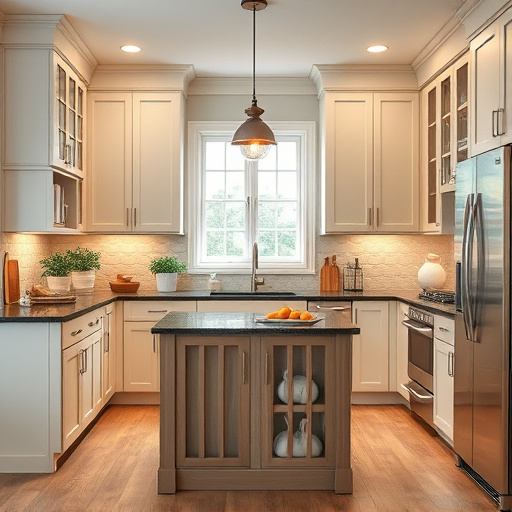
Before deciding whether to reface or replace old kitchen cabinets, it’s crucial to evaluate their structural integrity. Check for any signs of damage, rot, or loose hinges. If the frames are solid and in good condition but the doors and finishes are worn out, refacing might be the way to go. Refacing involves replacing the doors, hardware, and sometimes the drawer fronts while keeping the original cabinet structure intact. This is not only more cost-effective than a full replacement but also preserves the character and layout of your kitchen, especially if you’re aiming for a more subtle upgrade in your home remodeling project.
In contrast, if your cabinets are severely damaged or outdated, with extensive rot or warping, replacement might be necessary. Whole house remodels can get expensive, so consider the extent of work required for each option. Home renovation projects often involve tough decisions about what to keep and what to update. Keep in mind that replacing kitchen cabinets is a significant investment but can dramatically transform your space into a modern, functional kitchen.
When deciding between refacing or replacing old kitchen cabinets, a thorough assessment of their condition is key. If your cabinets show signs of significant damage, lack structural integrity, or are outdated in style, replacement might be the best option to achieve a modern look and ensure longevity. However, if the cabinets are structurally sound and only exhibit minor wear and tear, refacing can provide a cost-effective solution, allowing you to refresh their appearance without a complete overhaul. Ultimately, the choice depends on your budget, desired aesthetic, and the overall health of your kitchen cabinets.
